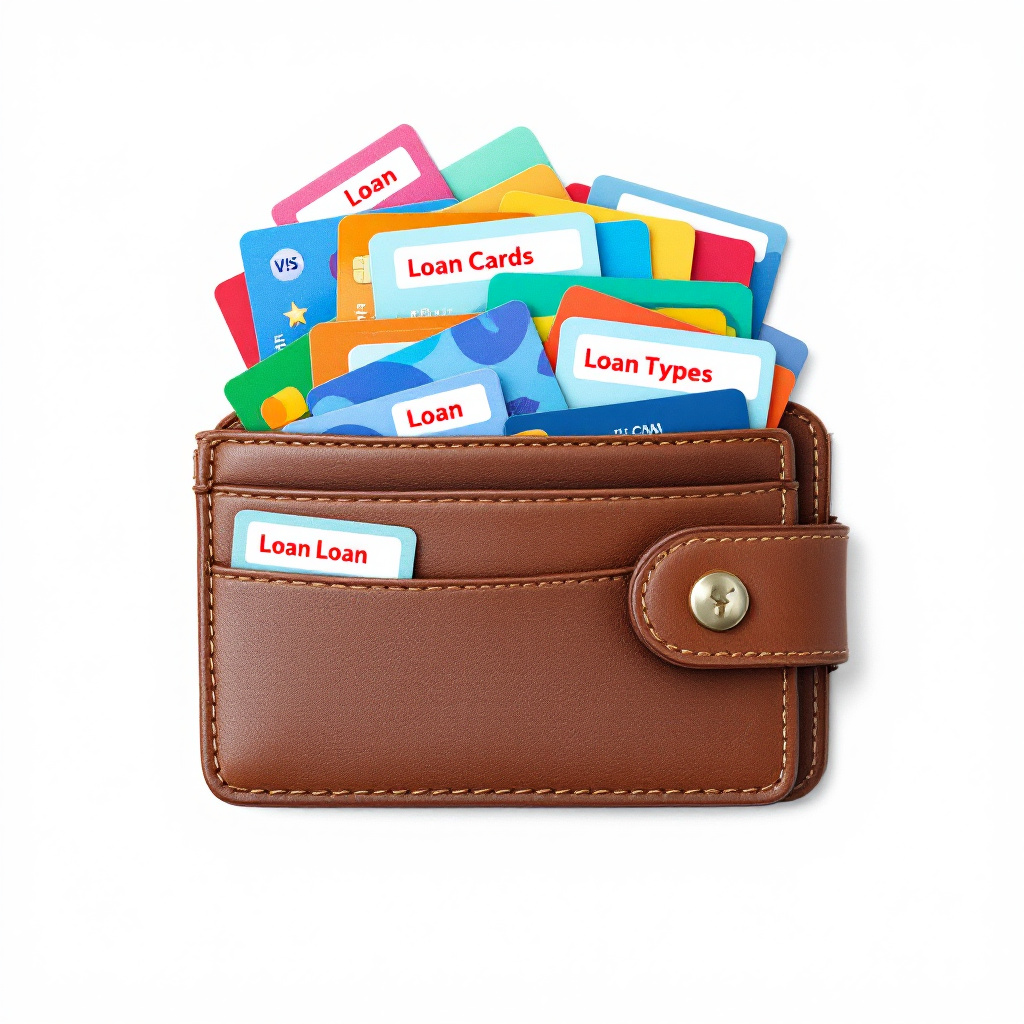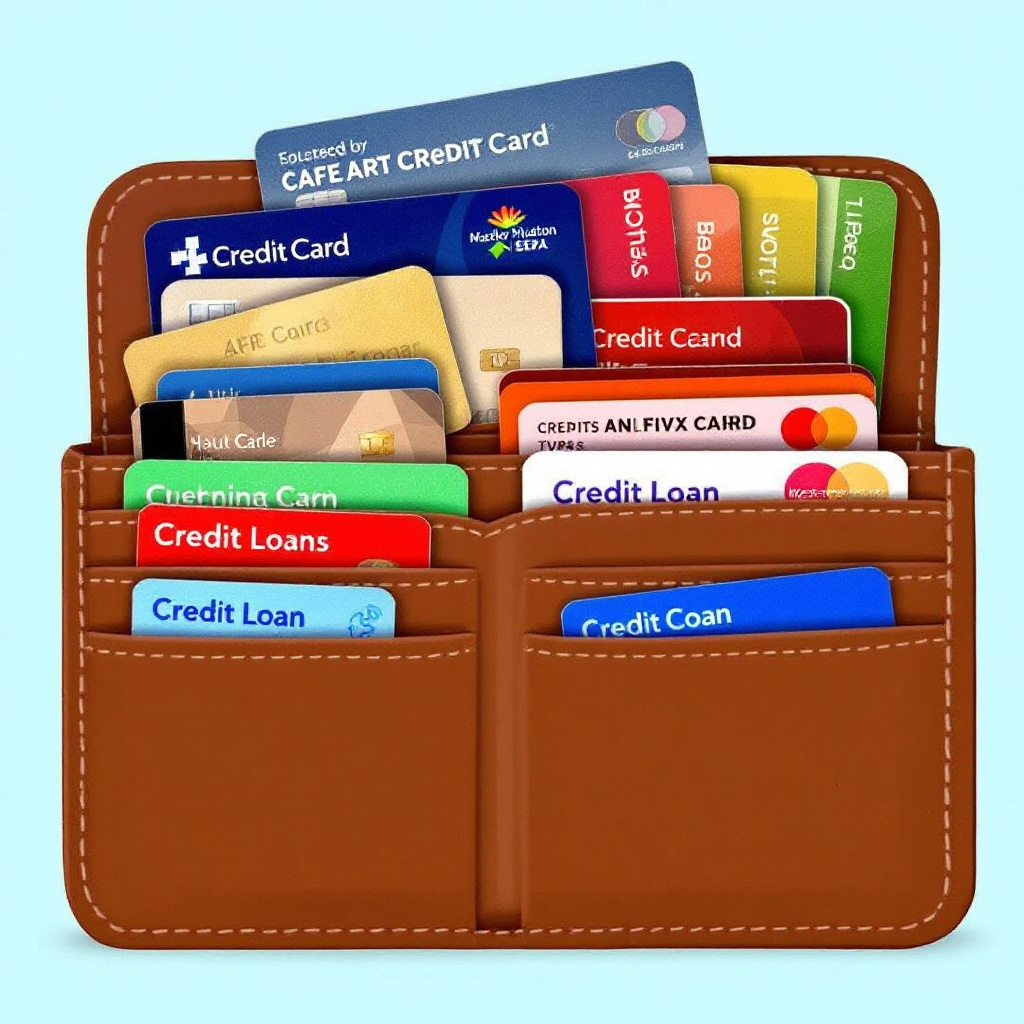The Lowdown on Types of Loans: Exploring the Pros and Cons
In today’s fast-paced world, where financial security seems as elusive as a cat on a hot tin roof, understanding the different types of loans available could be your secret weapon. Whether you’re dreaming of owning a home, need a quick financial uplift, or plan on furthering your education, knowing your loan options will help you make smarter financial decisions. So, strap in as we take a whimsical tour through the world of loans, with a close eye on the payday loan—including their often dizzying dance, the interest rates and fees.
Personal Loans: The Jack-of-All-Trades
First in line is the ever-versatile personal loan. Think of it as the Swiss Army knife in your financial toolkit. You can use it to consolidate debt, kick-start home improvement projects, or even plan a long-overdue vacation. Banks, credit unions, and online lenders abound with these options, offering sums ranging from $1,000 to $100,000, depending on your creditworthiness.
- Advantages:
- Flexibility to use funds for almost anything.
- Fixed interest rates offer predictable repayments.
- No collateral required, so your assets remain yours.
- Disadvantages:
- High interest rates if your credit score isn’t stellar.
- Repayment periods may vary, affecting overall loan cost.

Mortgage Loans: The Homebuyer’s Best Friend
For many, the dream of homeownership hinges on securing a mortgage loan. As the cornerstone of real estate transactions, these loans allow you to purchase real property without paying the full price upfront. Usually, they stretch over 15 to 30 years, giving you ample time to pay in manageable chunks.
- Advantages:
- Low interest rates compared to other loans, thanks to collateral.
- Potential tax benefits on interest payments.
- Disadvantages:
- Required down payment can be a financial hurdle.
- Risk of losing your home if you default on payments.
Student Loans: Education’s Financial Enabler
Higher education often comes with a hefty price tag, making student loans a beacon for aspiring scholars. There are two main types: federal and private. Federal loans typically offer better terms and protections, like income-driven repayment plans and potential for forgiveness.
- Advantages:
- Deferment options while you’re in school.
- Lower fixed interest rates on federal loans.
- Disadvantages:
- Accruing interest can lead to large debt post-graduation.
- Private loans can have variable rates and fewer borrower protections.
Auto Loans: Driving Your Dream
When the open road calls, an auto loan can get you behind the wheel of your dream car. These loans are secured by the vehicle you purchase, often requiring a down payment and usually covering 2 to 7 years depending on the lender’s terms.
- Advantages:
- Often lower interest rates due to collateral.
- Simple application process at dealerships.
- Disadvantages:
- Depreciation means you may owe more than the car’s value.
- Missed payments can result in repossession.
Payday Loans: Quick Cash or Fast Trap?
When you’re short of cash and payday feels longer than a thousand-year wait, the allure of a payday loan glimmers like a mirage in the desert. These short-term loans are typically due on your next payday and can help bridge financial gaps. However, with convenience comes caution. Let’s nibble at the edges of interest rates and fees, which are notoriously steep.
- Advantages:
- Quick approval process, fast cash in hand.
- No credit check necessary.
- Disadvantages:
- Breathtakingly high interest rates and fees can snowball debt.
- Repayment period is extremely short, leading to potential rollover.
The Interest Rates and Fees on Payday Loans
When it comes to skyrocketing costs, payday loans take the cake. Interest rates can soar into the triple digits, with an average annual percentage rate (APR) around 400%. Yikes! Small fluctuations in repayment timing can mean hefty fees, making it all too easy to get stuck in a cycle of debt. Here’s how it usually breaks down:
- Origination Fees: Some lenders might charge a fee just for setting up the loan, often adding a percentage to the principal amount.
- Late Payment Fees: If you miss a payment, prepare for a financial slap in the face with additional fees piling on.
- Rollover Fees: If you can’t pay on time, rolling over your loan means fresh fees, adding to your burden.
While payday loans might seem handy in a pinch, they can be a financial wolf in sheep’s clothing. Always consider alternatives, such as personal loans, credit unions, or even negotiating with creditors before turning to payday loans.
Home Equity Loans: Tapping into Your Nest Egg
Another type in the rich tapestry of loans is the home equity loan. Lenders offer these based on the equity you’ve built up in your home, with funds often used for large expenses or debt consolidation.
- Advantages:
- Lower interest rates due to your home as collateral.
- Tax deductible interest in certain situations.
- Disadvantages:
- Risk of foreclosure if payments are missed.
- Your home becomes an ATM machine, cutting into future equity.
Small Business Loans: Fuel for Entrepreneurs
For budding entrepreneurs wanting to start or grow a business, small business loans can provide much-needed capital. These loans come in many flavors, from term loans to SBA-backed loans.
- Advantages:
- Access to substantial amounts of funding.
- Various options, including those with competitive rates and longer terms.
- Disadvantages:
- Rigorous application process with strict eligibility requirements.
- Collateral may be needed, adding risk to personal assets.
When it comes to types of loans, knowing the ins and outs can safeguard your financial well-being. Always weigh the advantages and disadvantages, and when in doubt, consult a financial advisor. After all, knowledge on this subject is not just power, it’s money in the bank—or perhaps a savings on interest fees. See what I did there?
FAQs
What are 7 types of loans?
There are countless loan options out there, each catering to specific needs. Here are seven types you should know:
- Secured Loans: Backed by collateral, which could be anything from your car to your home.
- Home Loan: Specifically for purchasing property, with options like fixed-rate or adjustable-rate mortgages.
- Loan Against Property (LAP): You pledge your property to avail a loan for substantial expenses.
- Loans Against Insurance Policies: The life insurance policy is used as security for the loan.
- Gold Loans: A quick way to get cash by using gold jewelry or bullions as collateral.
- Loans Against Mutual Funds and Shares: Enables investors to access funds without selling their equities.
- Personal Loan: Unsecured loans that can be used for a variety of purposes.
What are the three most common types of loans?
The world of loans is vast, but some types consistently pop up due to their utility and demand:
- Personal Loans: Highly versatile, used for nearly any legitimate expense and offered by banks, credit unions, and online lenders.
- Auto Loans: Exclusively designed for purchasing vehicles, often with competitive interest rates.
- Student Loans: Specifically tailored for education-related expenses, encompassing tuition, books, and more.
- Mortgages: Essential for homebuyers seeking to purchase real estate over extended terms.
- Buy Now, Pay Later Loans: Short-term financing options for immediate purchases, like appliances or electronics, with deferred payment plans.
What are the 4 types of direct loans?
When exploring direct loans, these four categories illuminate the variety of choices available under the federal umbrella:
- Direct Subsidized Loan: Designed for undergraduate students with demonstrated financial need, the government pays the interest while you’re still in school.
- Direct Unsubsidized Loan: Available to undergraduate, graduate, and professional students without the need for proof of financial need.
- Direct PLUS Loan: Aimed at graduate students and parents of dependent undergrads, requiring a credit check and offering higher loan amounts.
- Direct Consolidation Loan: Allows you to combine multiple federal student loans into one, potentially resulting in lower monthly payments.
These direct loans each have unique requirements, interest rates, and repayment options, making them flexible yet structured solutions for students and their families.

